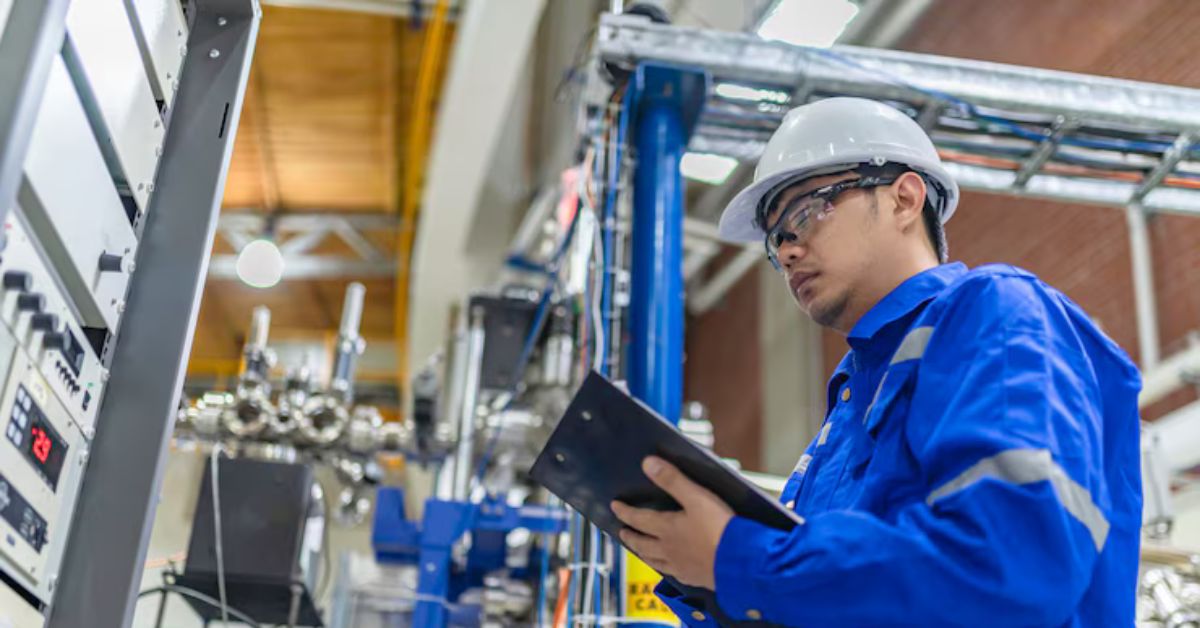Why Is Electrical Equipment Maintenance Crucial?
Maintaining your electrical equipment is essential not only for its durability but also for its security, functionality, and overall efficiency. In an era where downtime can equate to significant financial losses, ensuring all components function optimally becomes a priority. Regular maintenance schedules help prevent unexpected breakdowns, saving businesses time and money. For organizations dependent on continuous operation, such as manufacturing plants and data centers, the importance of maintenance cannot be overstated. To explore this topic further, click here for more detailed information. Beyond operational efficiency, regular maintenance extends the lifespan of equipment, allowing businesses to maximize their return on investment. Preventive measures help identify and mitigate potential risks and contribute to improved performance. By tackling minor problems before they grow, companies can prevent costly repairs.
Standard Techniques In Electrical Equipment Testing
Testing forms the backbone of effective maintenance strategies, as these techniques help reveal underlying problems that are not visible to the naked eye. Visual inspections, though basic, provide a crucial first line of defense. They ensure no obvious issues like frayed wiring or loose connections exist. However, more intricate processes like insulation resistance testing measure the integrity of the wiring’s insulation, shielding against potential leaks or short circuits. Meanwhile, circuit breaker testing is pivotal in ensuring that electrical faults are promptly dealt with, avoiding harm to machinery and lowering the chances of a fire. Technological advancements have made digital tools and software available, making the testing process more precise and efficient.
Technological Advancements In Testing Tools
The evolution of technology has dramatically transformed the landscape of electrical equipment testing. Today, smart meters offer unprecedented capabilities for monitoring power consumption with real-time analytics. These devices help pinpoint inefficiencies, allowing immediate adjustments to optimize energy usage. Thermal imaging, another breakthrough, enables the detection of overheating components by visualizing temperature variations, thereby averting potential failures. Furthermore, incorporating artificial intelligence and machine learning is revolutionizing predictive maintenance. These technologies analyze historical data to anticipate needs, recommending service schedules before issues arise. Such data-driven strategies are becoming invaluable, especially in extensive operations where predicting failures can save significant resources and ensure smooth operation.
Compliance with Safety Standards
Safety and compliance are critical components of electrical equipment maintenance, primarily driven by stringent industry regulations and standards. Organizations must ensure their equipment and processes align with these standards to prevent hazards that could result in injuries or fatal accidents. Adhering to safety protocols avoids penalties and legal issues, and a safe working environment is fostered. Regular training sessions and safety drills should be conducted to maintain adherence. These educational efforts keep teams informed about the latest safety procedures and reinforce a safety culture within the organization. Grasping and applying these standards is crucial in fostering an environment that emphasizes the welfare of employees and clients alike.
Routine Maintenance Checklist
A comprehensive maintenance checklist acts as a roadmap, ensuring each equipment component is adequately examined and serviced. Daily checks include verifying the condition of plugs and cords or looking for visible signs of wear. Monthly inspections often involve testing operational efficiency and ensuring system responsiveness. More in-depth examinations, like thermal performance analysis or system calibrations, are conducted annually. Record keeping is imperative for tracking maintenance history and identifying patterns or recurring issues. Modern software streamlines this process, offering features that manage schedules, document results, and provide alerts for upcoming maintenance tasks. Such technological aids simplify the logistical challenges of maintaining numerous pieces of equipment simultaneously.
Engaging Professionals For Testing And Refurbishment
While in-house teams effectively handle routine maintenance, the complex nature of thorough testing and refurbishment often requires professional help. Experts bring a wealth of knowledge, ensuring compliance with industry regulations and sharing insights on optimizing performance. Their involvement ensures a high standard of work, minimizing oversights that could prove costly. When seeking professional services, consider the provider’s expertise, credentials, and reputation in the industry. A successful collaboration with professionals can lead to increased efficiency and reliability, as demonstrated by numerous case studies showcasing marked improvements in operational capacity and longevity.
Future Trends In Electrical Maintenance
The dynamic electrical maintenance field is continually evolving with innovations and practices. Sustainable practices are beginning to take center stage, focusing more on reducing waste and energy consumption. Innovative technologies promise better performance without compromising environmental safety, aligning with global sustainability goals.
Industry predictions highlight an increasing reliance on intelligent systems that support remote monitoring and automated fault responses. Staying adaptable and informed about these trends is key for businesses aiming to remain competitive and future-ready in an ever-changing industrial landscape.
Read More : Exploring Covatza3.9: A Comprehensive Overview

